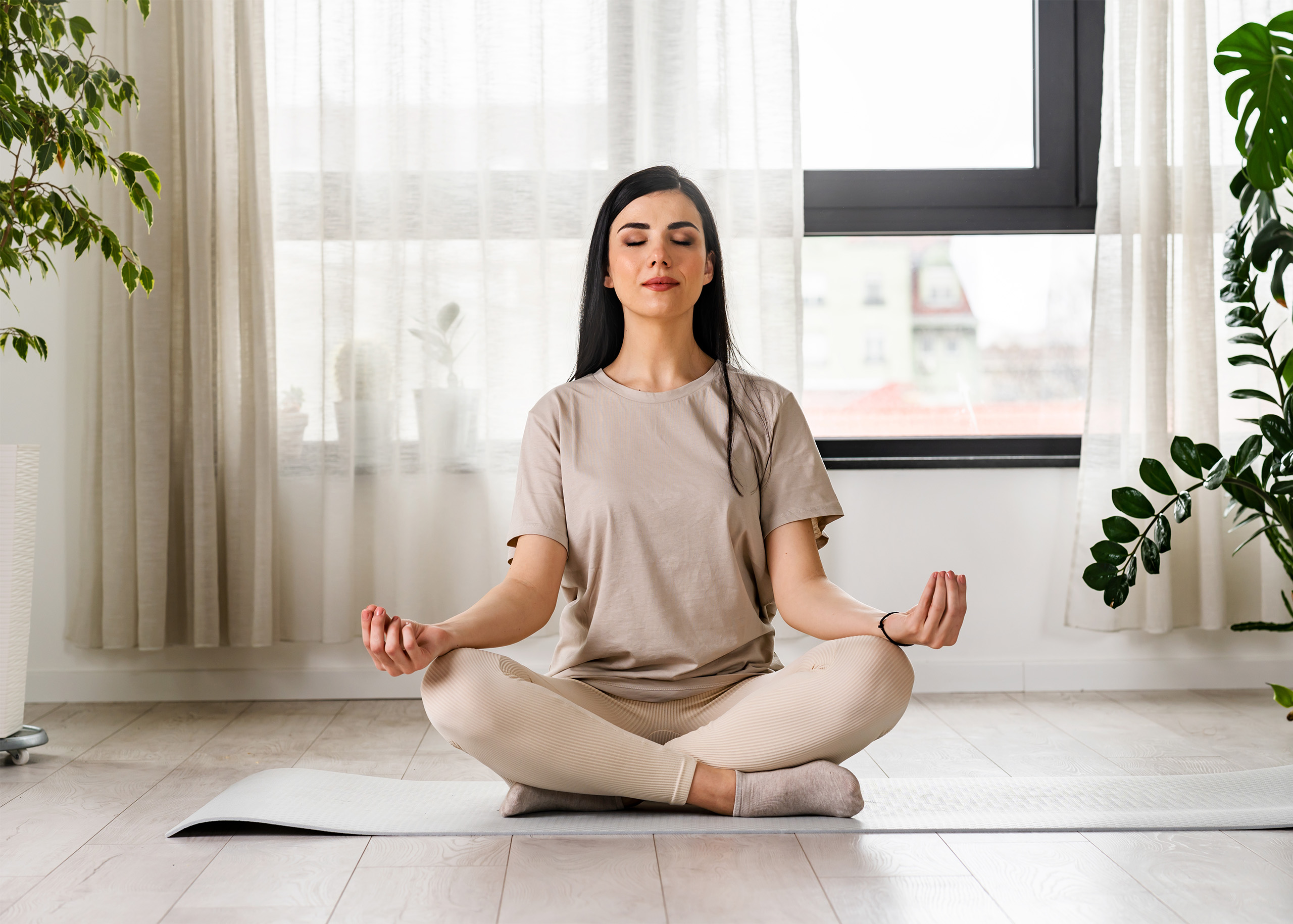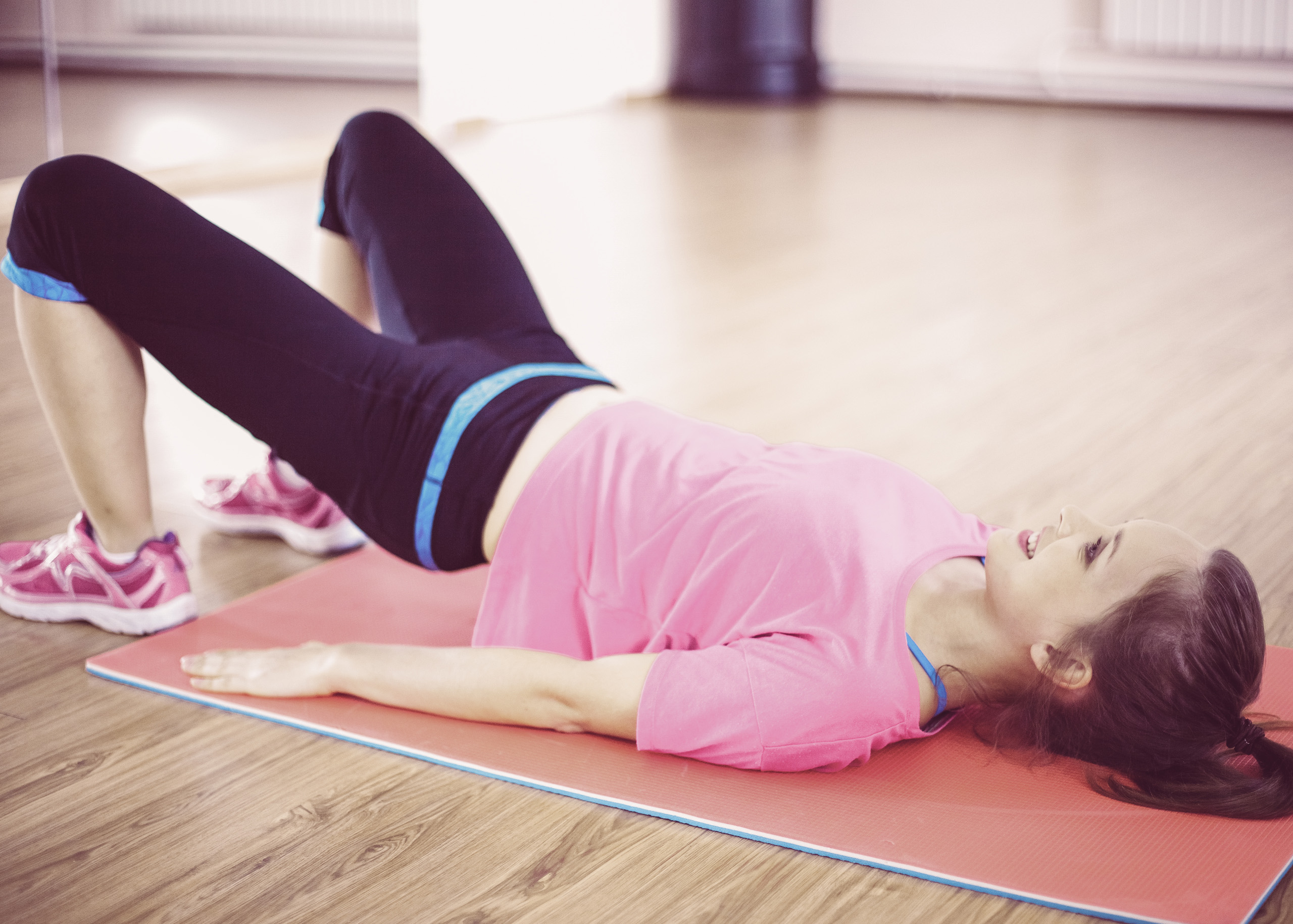Self-care is essential for everyone, but for women, it’s particularly important given the physical, emotional, and hormonal changes that occur throughout various stages of life. From adolescence to motherhood, and from the 30s to menopause, each chapter of a woman’s journey requires different forms of self-care. Embracing rituals that nurture both the body and the mind can significantly enhance overall wellness, reduce stress, and promote a long-lasting sense of well-being.
In this guide, we’ll explore self-care rituals for each stage of a woman’s life, from young adulthood through to menopause and beyond, offering insights and tips to help women at every age prioritize their health and happiness.
Self-Care in Your 20s: Laying the Foundation for Wellness
Your 20s are a time of exploration and growth, where building healthy habits can set the stage for a lifetime of wellness. At this stage, many women experience changes in their bodies and lifestyles as they transition from adolescence to adulthood. Self-care during this period is often focused on laying the foundation for long-term health.
Self-Care Rituals:
- Mindfulness Practices: In your 20s, learning to manage stress is key. Practicing mindfulness, such as meditation or journaling, can help reduce anxiety and improve emotional well-being. A few minutes of deep breathing each day can provide clarity and relaxation amidst a busy schedule.
- Establish Healthy Habits: Prioritize exercise and balanced nutrition. Aim for regular physical activity, such as yoga or cardio, and maintain a diet rich in fruits, vegetables, lean proteins, and whole grains. Establishing these habits now will support your health in the decades to come.
- Mental Health Awareness: Your 20s can be a time of emotional ups and downs as you navigate relationships, career changes, and personal growth. Therapy or counseling, whether for managing anxiety or gaining emotional support, is an invaluable part of self-care.
Hormonal Health and Self-Care:
While hormonal shifts in your 20s may not be as noticeable as later in life, keeping track of your menstrual cycle and learning what triggers your hormonal changes (e.g., stress, diet, or sleep) can help you maintain a balanced life.
Self-Care in Your 30s: Pregnancy, Parenthood, and Preventative Health
In your 30s, many women focus on starting a family or advancing in their careers. Pregnancy, motherhood, and the balancing act of personal and professional life can create unique stressors, but this is also a decade to prioritize self-care to maintain both physical and mental wellness.
Self-Care Rituals:
- Stress Relief Techniques: The demands of work, relationships, and motherhood can create high levels of stress. Try incorporating techniques like progressive muscle relaxation, yoga, or mindful breathing into your daily routine. Taking 15–20 minutes each day for yourself can go a long way.
- Self-Care for Moms: If you’re a new mom, don’t forget to prioritize yourself. Schedule “me time” regularly, even if it’s a quiet bath or a short walk. Reach out for support when needed, whether from a partner, family, or friends, to allow yourself a break and reduce feelings of overwhelm.
- Preventative Health Checkups: In your 30s, begin thinking about long-term health. Keep track of your cholesterol, blood pressure, and blood sugar levels, and start regular mammograms or pap smears as recommended by your doctor.
Hormonal Health and Self-Care:
Hormonal changes related to pregnancy, menstruation, and stress can affect your mood, energy levels, and sleep. Tracking these patterns can help you understand what self-care activities will be most effective, whether it’s adjusting your diet or practicing mindfulness.
Self-Care in Your 40s: Perimenopause and Early Detection
As you enter your 40s, perimenopause may begin—marking the early transition to menopause. This decade can be filled with emotional and physical changes that require a thoughtful approach to self-care. In addition to managing these changes, 40s is also a time to focus on prevention and early detection for conditions such as breast cancer or osteoporosis.
Self-Care Rituals:
- Physical Activity: Regular exercise is crucial, especially weight-bearing activities like walking, running, and strength training. These exercises help to improve bone density, reduce stress, and manage weight.
- Mental Health and Stress Management: Hormonal fluctuations can sometimes make mood swings, irritability, or feelings of anxiety more prominent. Techniques such as journaling, therapy, or practicing gratitude can promote emotional well-being. Creating space for relaxation and reflection becomes even more important.
- Nutrition for Hormonal Balance: Focus on foods that support hormonal health, like those rich in antioxidants, healthy fats (e.g., avocado, nuts), and fiber. Limiting processed foods and adding more hormone-friendly foods, like flaxseeds and soy, may help reduce symptoms of perimenopause.
Hormonal Health and Self-Care:
As estrogen levels begin to fluctuate in perimenopause, you may experience hot flashes, sleep disturbances, and other symptoms. Staying on top of your physical and mental health with self-care routines that include a balanced diet, regular exercise, and stress-relief techniques is vital during this time.
Self-Care in Your 50s and Beyond: Embracing Menopause and Aging Gracefully
Entering your 50s marks the official beginning of menopause for most women. While menopause is often met with discomforting symptoms such as hot flashes, night sweats, and mood changes, it also represents a powerful shift into a new phase of life. Embracing this transition with self-care rituals can empower you to age gracefully and maintain a fulfilling, healthy lifestyle.
Self-Care Rituals:
- Emotional Well-Being: The transition into menopause can be an emotionally challenging time. Stay connected with your loved ones and engage in hobbies or activities that bring you joy. Taking care of your emotional health through community, support groups, or therapy can foster resilience.
- Bone and Heart Health: As estrogen levels decrease, the risk of osteoporosis and heart disease increases. Include calcium-rich foods (like dairy, leafy greens, and fortified plant-based options) in your diet and stay active with weight-bearing exercises to support your bones. Regular cardiovascular exercise will also help with heart health.
- Sleep Hygiene: Many women in their 50s struggle with sleep due to night sweats or other menopausal symptoms. Creating a calm, soothing bedtime routine that might include reading, using essential oils, or practicing relaxation exercises can improve the quality of sleep.
Self-Care for Aging Women:
In your later years, self-care becomes more focused on maintaining mobility, independence, and mental sharpness. Engage in activities that challenge your brain, like puzzles or learning new skills, and maintain an active social life to promote cognitive health.
Tips for Self-Care Across All Stages of Life
- Stay Hydrated: Water is essential for all aspects of health, from digestion to skin health. Drink plenty of water throughout the day to stay hydrated and keep your skin glowing.
- Nourish Your Skin: A skincare routine that includes moisturizing and sun protection is crucial for maintaining youthful skin and preventing damage from sun exposure.
- Regular Checkups: Scheduling annual health checkups and screenings tailored to your age can help detect potential issues early and give you peace of mind.
- Mindful Movement: Engage in movement that feels good for your body. Whether it’s walking, dancing, or yoga, regular movement supports both physical and mental health.
Final Thoughts
Self-care is not just a luxury—it’s a necessity, especially for women at different stages of life. By adopting age-appropriate self-care rituals and incorporating wellness practices into your routine, you can better manage stress, enhance your physical health, and cultivate emotional well-being. Whether you’re navigating the hormonal changes of your 40s, embracing the wisdom of your 50s, or laying the foundation in your 20s, prioritizing self-care ensures that you’ll thrive at every stage of life. Remember, your well-being is worth the investment, and it’s never too early or too late to start caring for yourself.








